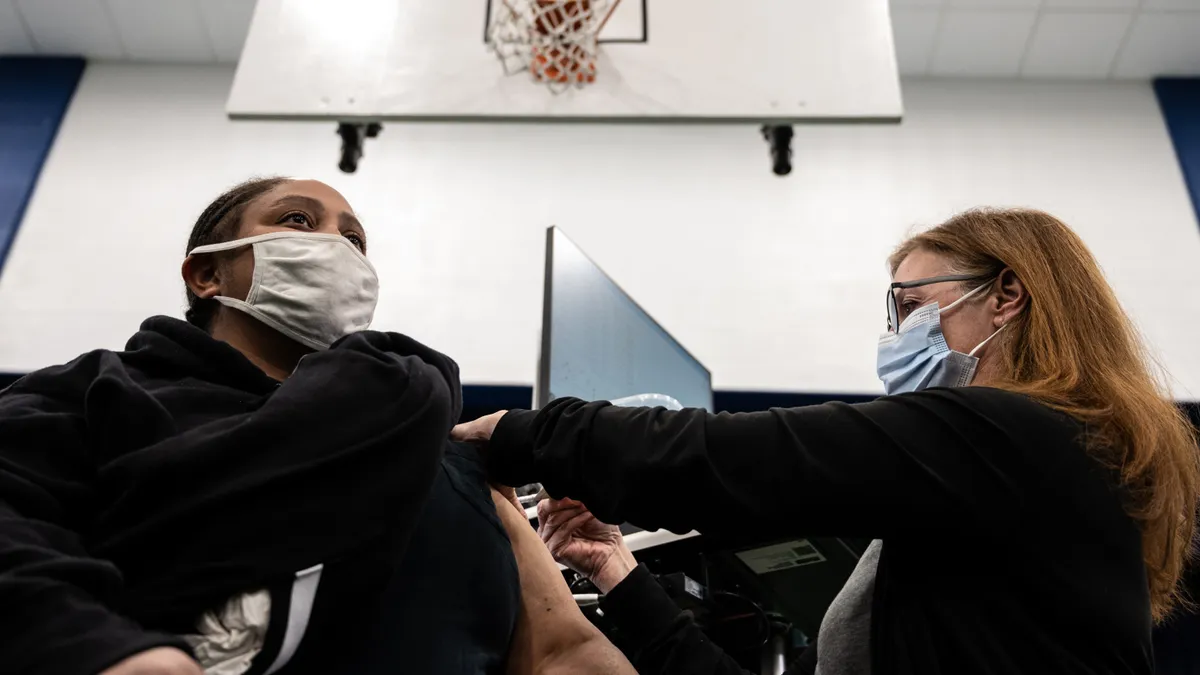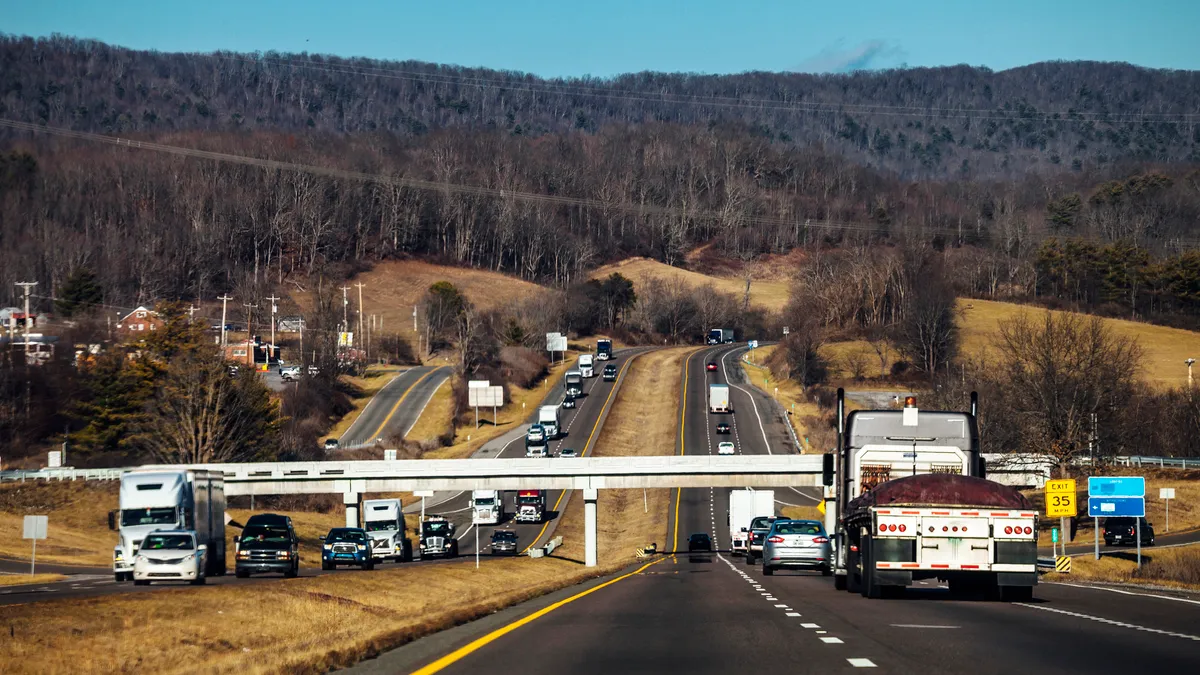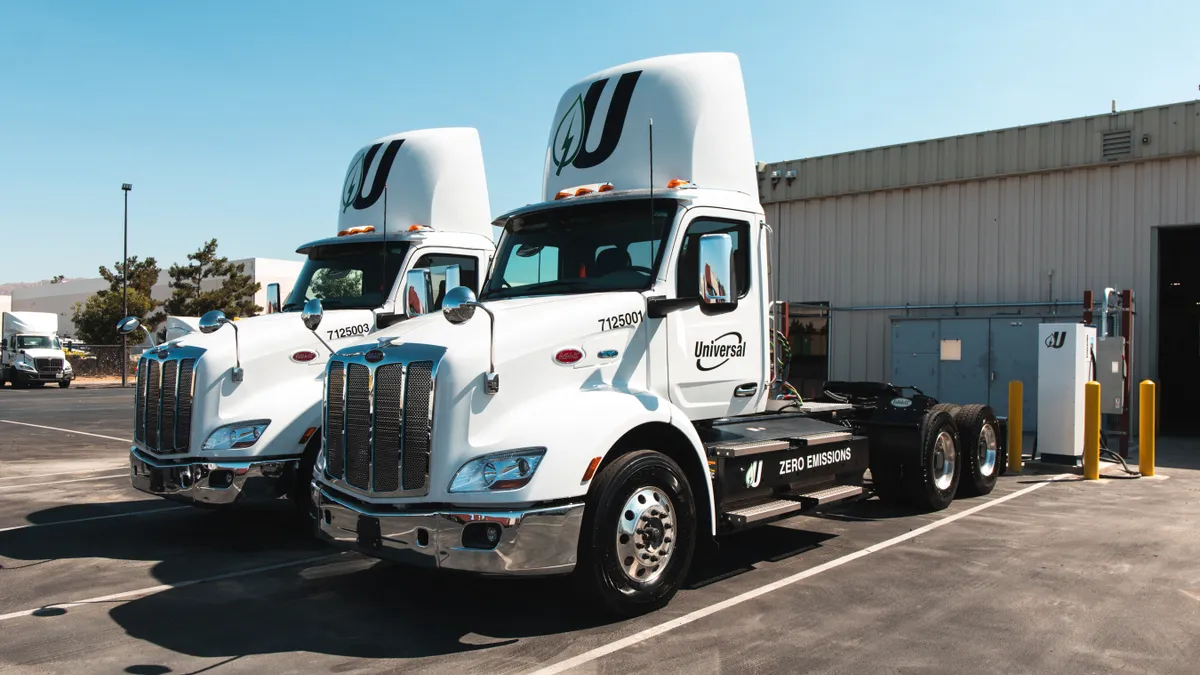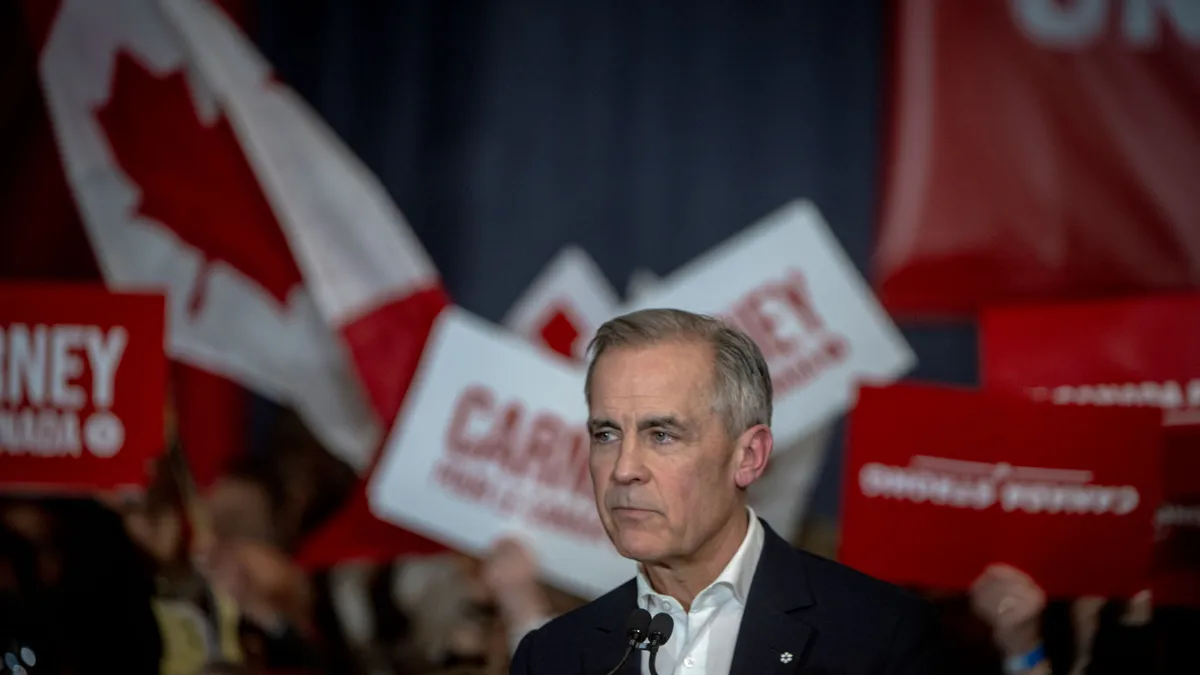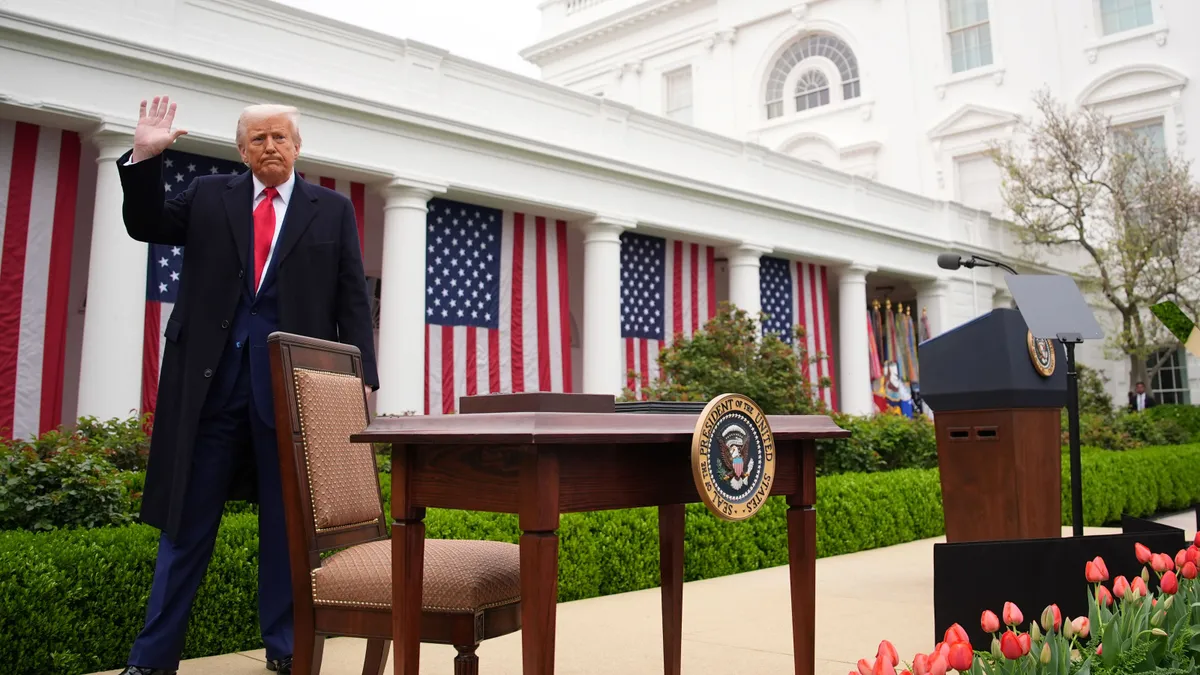In handing down its Jan. 13 decision to stay the Occupational Safety and Health Administration's COVID-19 vaccination emergency temporary standard, the U.S. Supreme Court delivered what some consider a moment of respite.
"For clients who were only going to be implementing a mandate in light of the OSHA ETS, they're breathing a sigh of relief," said Jennifer Platzkere Snyder, partner and co-chair of the labor and employment group at law firm Dilworth Paxson.
After President Joe Biden first announced OSHA's intention to implement the ETS in September, employers responded in a variety of ways, Snyder continued. While a segment of employers had already mandated vaccination, others advised their workforces of their intention to comply with the vaccination-or-test mandate, though perhaps not in a uniform manner.
"One of my clients said 'we're going to do what we have to do to comply with OSHA [...] but we're not mandating anything,'" Snyder said. "'We'll mandate testing if they're not vaccinated, and that's all.'"
The ETS would have added compliance burdens beyond a written vaccination policy, including reporting employees' vaccination status as well as implementing testing requirements.
Still, the high court's stay does not change the need for employers to prioritize workplace safety, said Kelly Yeates, vice president of service operations at Insperity, an human resources solutions firm.
"Nothing that the court said precludes the employer's requirement that they are responsible for ensuring the safety of their workforce in the workplace," Yeates said. "That has to be the lens through which they're making any decision."
Even if an employer decides not to implement a mandate moving forward, Yeates said it may still be advisable for the employer to inform its workforce of the decision — with the addendum that the employer reserves the right to institute a vaccination requirement later on. Employers may want to bolster training for supervisors and managers, particularly those on the front lines, about listening to and addressing employee concerns, she continued.
Furthermore, employers will need to consider the impact of state and local requirements, future COVID-19 outbreaks and efforts by the federal government to revisit the issue.
Could there be more from OSHA?
The court's decision may help clarify OSHA's intentions.
The U.S. Department of Labor recently announced the withdrawal of the ETS "as an enforceable emergency temporary standard" and asked the 6th U.S. Circuit Court of Appeals to dismiss judicial challenges to the standard as moot. But the agency did not withdraw the ETS "to the extent that it serves as a proposed rule" under federal law, indicating that OSHA may pursue a permanent standard later this year.
At the same time, oral arguments in National Federation of Business v. OSHA foreshadowed another potential route: a standard implementing one or several vaccination requirements for a more narrow range of occupations or industries. Associate Justice Amy Coney Barrett cited meat-packing facilities, healthcare facilities and dental offices as examples of workplaces that may present a greater danger of contracting COVID-19 compared to what employees face elsewhere.
It is a consideration some clients already recognize, Snyder said. She spoke about an employer that implemented a vaccine mandate for workers who had to share a small truck cab at fewer than six feet from one another.
"[The client] instituted a mandate irrespective of OSHA because they didn't feel a testing option would be sufficient to prevent an outbreak and disruption to the workforce," Snyder said.
OSHA could craft a more narrow rule for a workplace with enhanced risk, such as a laboratory that works directly with infectious diseases or any type of workplace in which employees work in close contact with one another indoors, said Susan Wiltsie, partner at the law firm Hunton Andrews Kurth, but the agency could still face challenges in meeting the "grave danger" standard required to issue any future emergency standards.
"For clients who were only going to be implementing a mandate in light of the OSHA ETS, they're breathing a sigh of relief."

Jennifer Platzkere Snyder
Partner and Co-Chair of Dilworth Paxson
"In certain workspaces, there may not be a grave danger because we already have PPE," Wiltsie continued. "I don't think even the Supreme Court leaving open that window for a more narrow regulation is a clear path forward for a standard that would include mandatory vaccination."
Yeates said she believes the agency will take a swing at crafting more narrow standards, but she questioned the timing of such an announcement. Future phases of the pandemic may present levels of transmission that differ from present conditions under the omicron variant.
Regulators must also contend with concerns about the public's ability to procure sufficient testing resources to comply with any testing requirement for unvaccinated employees, Wiltsie said, particularly given ongoing supply issues. She added that employers might face state and local level requirements that they pay for COVID-19 testing because the testing may fall within the category of a mandatory medical test.
The Biden administration previously announced requirements for insurance companies and group health plans to cover the cost of up to eight over-the-counter at-home COVID-19 tests per covered individual, per month. But that allotment of tests cannot be used for employment purposes, Wiltsie said.
Scope was the biggest obstacle for OSHA in implementing the existing ETS, according to Snyder.
"It took a one-size-fits-all approach with the thought that that would be easier in terms of determining who was subject to it and who would have to comply," she said. "While that made it easier, it really didn't bolster its chances for success."
State and local concerns
Regardless of OSHA's next moves, several states have their own OSHA plans, including Minnesota, one of the few to specify that it would implement vaccination requirements in line with the federal ETS. Following the Supreme Court's ruling, Minnesota OSHA announced that it would suspend enforcement of the ETS, pending future developments.
Snyder said one of her clients, based in Minnesota with operations in other states, had already implemented a vaccine mandate ahead of the ETS' effective date. The client still has a significant portion of its workforce operating remotely, Snyder said, but it has "vigorous return-to-work plans over the coming months, so the MNOSHA rules are sort of a monitor, wait-and-see."
California OSHA, meanwhile, is going forward with its COVID-19 emergency standards, which include requirements for employers to document employees' vaccination status, Yeates said. The latest version of the state's ETS is effective from Jan. 14 through April 14.
In early December 2021, New York City expanded its vaccination requirement to all private-sector workers in the city. The change took effect Dec. 27, 2021.
Tensions at the heart of the debate
Still other jurisdictions have limited the ability of employers to impose vaccine mandates, a move that also proved controversial with employers. At least 20 states prohibit some degree of proof-of-vaccination requirements, according to Ballotpedia, though only a few apply directly to private employers.
"A lot of clients express frustration that something that's ostensibly proven to be supported by science has become a political hot potato," Snyder said. "That's very troubling."
Employers have had to maintain balance — their desire to maintain safety and health, with the threat of losing staff under a requirement to get a vaccine or produce negative test results. They've also had to navigate an "astounding number" of religious exemption requests, she said, both of which pile onto existing compliance considerations.
"Employers are trying to do everything they can to prevent the spread of COVID in their workplaces and in the communities where they live and work, but this isn't as simple as having a mandate or not having a mandate," said Snyder.
Since the Supreme Court's action, Starbucks is perhaps the most notable large employer to scrap its vaccine-or-test mandate for employees. Others, however, took a different position. In a Jan. 13 statement, Jay Timmons, president and CEO of the National Association of Manufacturers, described workforce vaccination as "the best defense against COVID-19" and called for a continued focus on vaccination in order to keep businesses open.
Meanwhile, other federal vaccine mandates remain a consideration for employers. The high court dissolved injunctions blocking the Centers for Medicare and Medicaid Services' vaccine mandate for healthcare workers, and others may be subject to the Biden administration's vaccine mandate for federal contractor employees.
The omicron outbreak has led some clients to either close officers or, where possible, revert to a remote status for periods of time, Snyder said. According to Yeates, clients have felt the impact of absenteeism either due to employees contracting COVID-19 or needing to quarantine after direct contact with someone who tested positive.
"A lot of clients express frustration that something that's ostensibly proven to be supported by science has become a political hot potato."

Jennifer Platzkere Snyder
Partner and Co-Chair of Dilworth Paxson
"That's where there needs to be a real cognizance of not letting their guard down," Yeates said of employers and the variant. Employers that fail to communicate transparently with their workforces may risk an erosion of their employee relations and broader culture. "Even though the current variant, overall, creates fewer symptoms, we still have people in our workplaces that have faced serious situations."
In terms of business community response to vaccination mandates, a lack of consensus has left employers "all over the map" Snyder said. She noted that while some employees may wish to avoid a vaccination mandate, clients have encountered situations in which still other employees have threatened not to come to work if their employers do not establish a mandate.
"I think the tension that employers are going to have to wrestle with is looking at the nature of their business, the nature of their jobs, what is their overall business philosophy, what are the employee relations issues that are going to drive which policies they develop for 2022 and beyond."



